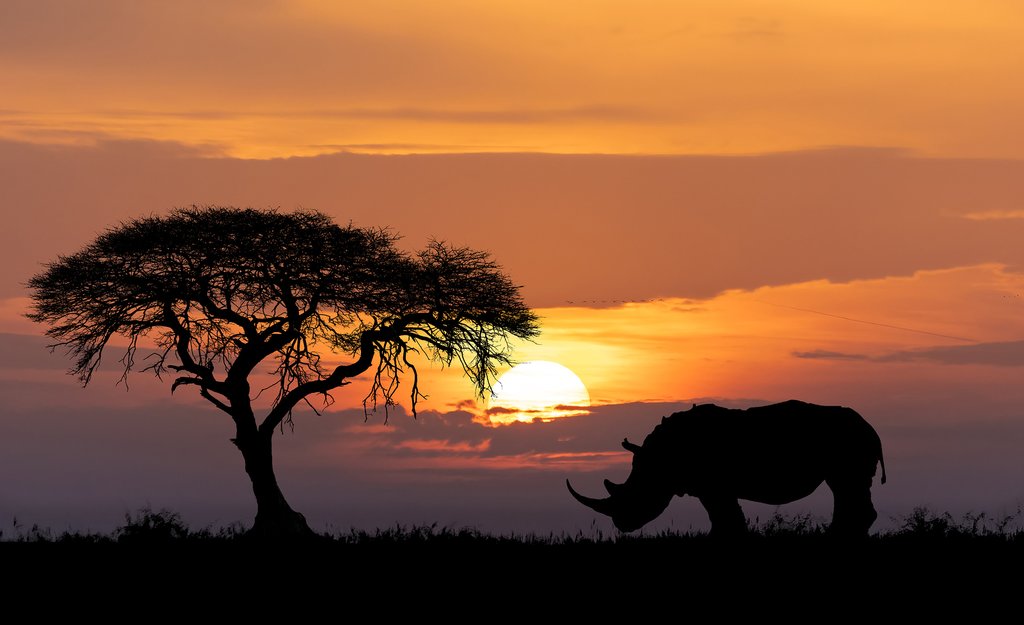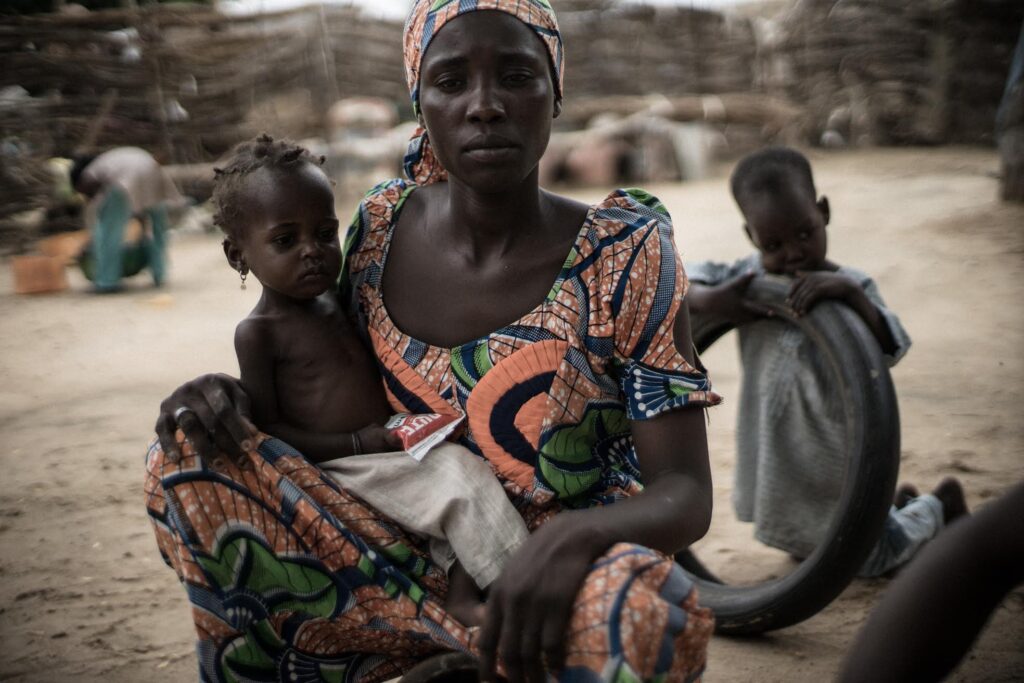
Africa, the second-largest continent on Earth, boasts an incredible diversity of climates, contributing to its rich ecological and cultural heritage. Stretching from the tropical rainforests of Central Africa to the arid deserts in the north, and from the Mediterranean climates in the far north and south, the continent presents a unique blend of environmental conditions.
Central Africa’s Tropical Rainforests
Central Africa is home to vast tropical rainforests, primarily concentrated in the Congo Basin, which is the world’s second-largest rainforest after the Amazon. These lush forests are characterized by high humidity, abundant rainfall, and diverse wildlife. The Congo Rainforest is a vital global carbon sink and supports countless species, many of which are endemic to the region. It’s a hotspot for biodiversity, housing gorillas, elephants, and a myriad of plant species.
Northern Africa’s Arid Deserts
In stark contrast to the rainforests, Northern Africa is dominated by the Sahara Desert, the largest hot desert in the world. Covering approximately 9.2 million square kilometers, the Sahara is known for its harsh conditions, with extremely low rainfall, high temperatures, and vast sand dunes. Despite these challenging conditions, the desert supports unique ecosystems and nomadic cultures that have adapted to the arid environment over millennia.
Mediterranean Climates
The Mediterranean climates found in the far north and south of Africa offer yet another contrasting environment. In the north, countries like Morocco, Tunisia, and parts of Libya experience hot, dry summers and mild, wet winters. The Cape region of South Africa, in the south, mirrors this climate, fostering a unique floral kingdom known as the Fynbos, renowned for its extraordinary plant diversity.
Climatic Influence on Culture and Economy
Africa’s varied climates profoundly influence the continent’s cultures, economies, and ways of life. Agricultural practices, for instance, are closely tied to climatic conditions. In the fertile rainforests, subsistence farming and cash crops like cocoa and coffee are prevalent. Conversely, in arid regions, pastoralism and irrigation-based agriculture are common.
Climate Change Impacts
As climate change accelerates, these diverse climates face significant threats. Increasing temperatures, changing precipitation patterns, and extreme weather events pose challenges to ecosystems and human populations alike. Efforts to mitigate and adapt to these changes are crucial for sustaining Africa’s environmental and cultural richness.
In conclusion, Africa’s climatic diversity, from tropical rainforests to arid deserts and Mediterranean zones, underscores the continent’s ecological and cultural wealth. Understanding and preserving this climatic variety is essential for the continent’s sustainable future.




